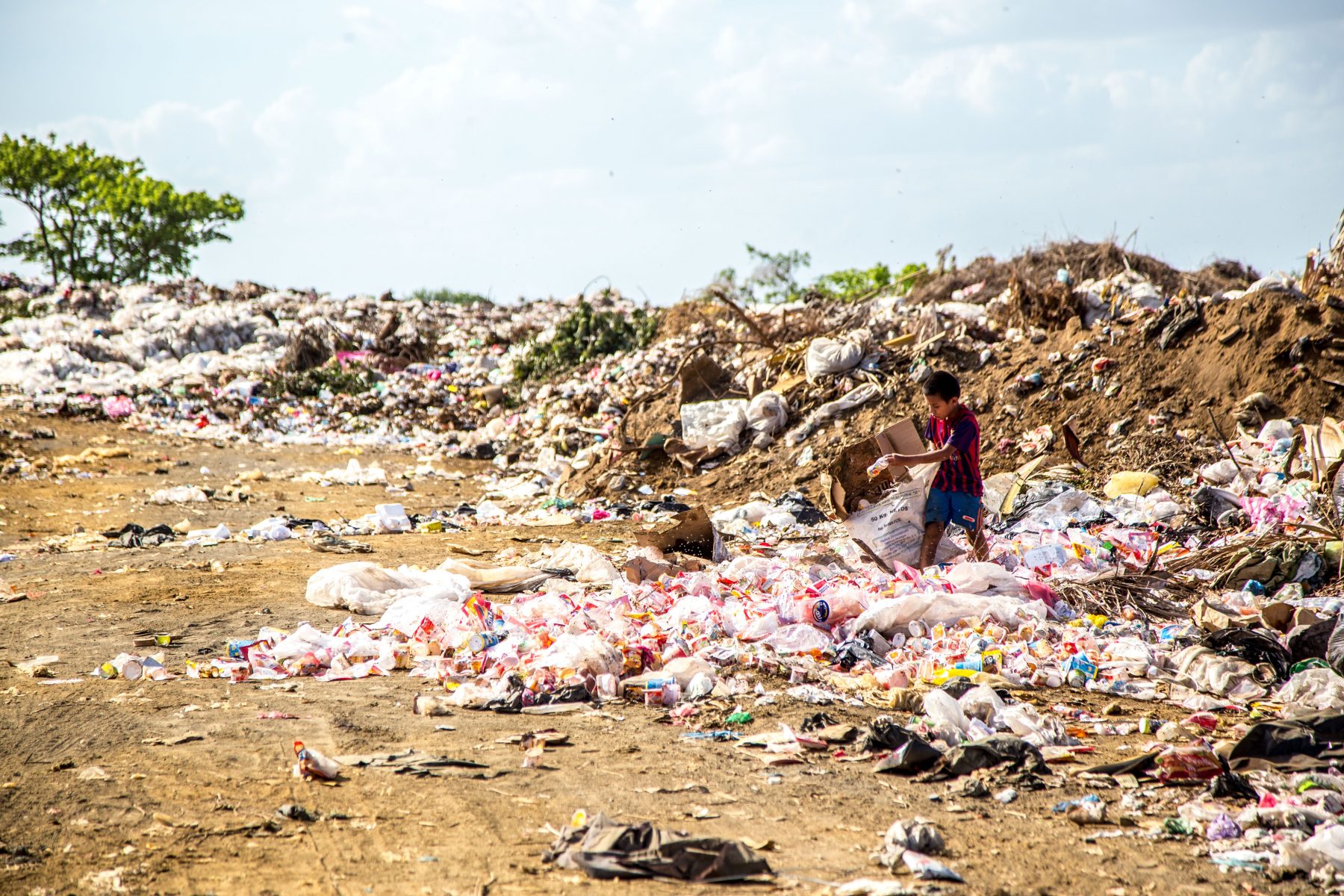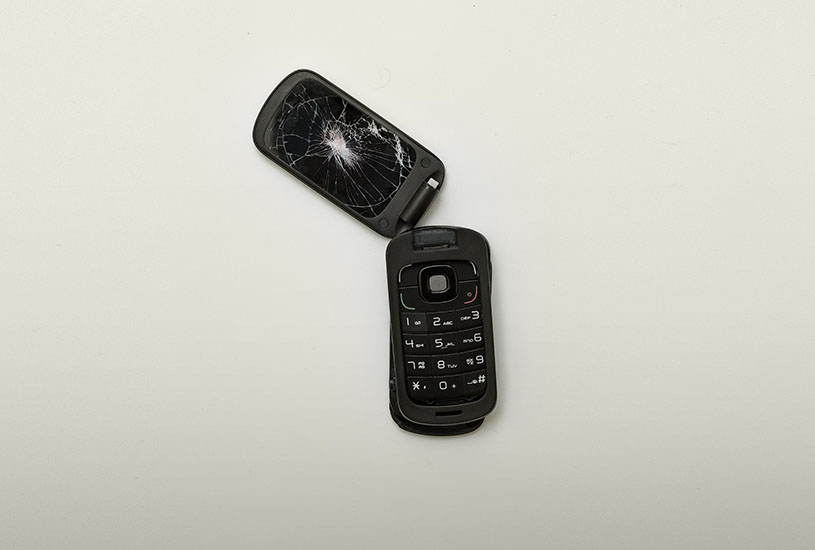Our old phones, computers and TVs can be recycled. But our e-waste keeps ending up in landfill.
There’s no denying that we live in an increasingly connected world, and that it’s affecting our relationship to technology. When was the last time you memorised a friend’s phone number, or used an atlas?
And with shiny, sleek products released every year, it’s tempting to upgrade to the latest phone or computer—even if our current devices are still going strong.

But if your old tech isn’t passed onto a younger sibling or relegated to the back of a drawer, where does it end up?
It could be as far as Ghana.
Recyclables that never get repurposed
The problem is, materials from our e-waste can be repurposed: the copper wires inside can be recycled indefinitely, and the plastic shells can be reshaped into something new.
However, processing this waste requires labour, energy and time. Because it’s so resource intensive, it’s easier to send the rubbish to international landfill.
Out of sight, out of mind.
Dr Justin Lawson, from Deakin University’s School of Health and Social Development, says that it’s not just Australia’s waste that’s ending up overseas.
According to the UN Environment Program, up to 90 percent of the world’s electronic waste is illegally traded or dumped each year.
Much of this waste ends up in rubbish dumps, like the Agbogbloshie dump in Accra, Ghana.
“Virtually none of this is properly recycled,” Dr Lawson says. “Rather, it’s broken apart and burnt to get to the copper wire and other materials.”
This is usually done by children, who often work near food markets. Burning the plastics releases toxic fumes into the air, jeopardising the health of the community.

And it’s not just plastics that are causing contamination. Our electronics need cobalt, copper and other precious metals in order to function.
But when dumped into landfill, they can end up in waterways, polluting them.
Mining these materials poses its own problems.
For instance, sites can flood if they aren’t equipped for extreme weather conditions. Leachates, or liquids that contain harmful chemicals, can then flow into water sources.
Dr Lawson says that, generally, Australia is good at limiting the impact of mining on the environment.
But some factors are difficult to control: the toxic gases released during mining can blow over to towns far away from the site.
“There’s a cocktail of chemicals and particulates entering the atmosphere,” Dr Lawson says.
“Sulphur dioxide may be emitted at Broken Hill to find its way to Canberra. Other mining operations in Kalgoorlie will have its sulphur dioxide emissions blown all the way to Perth and beyond.”
Then there’s the issue of how ethically these metals are sourced. For instance, the Democratic Republic of Congo produces 75 percent of the world’s supply of cobalt.
As much as 25 percent of this is extracted from mining operations that use child labour.
It’s an issue that’s as pressing as our environmental concerns.
Do I really need this?
From the beginning to the end of their life cycles, our devices are having an enormous impact on the environment.
And yet, we’re not at the stage where we can get rid of them entirely: our world is constantly plugged in and switched on.
So, how can we deal with this paradox?
According to the waste hierarchy, the best way to manage waste is to reduce our need for a particular object. As Dr Lawson says, we should be asking ourselves, ‘do I really need this?’

It’s a tricky question, and it depends on your circumstances.
In some cases, you might need to upgrade your tech: maybe your phone is broken, and it’s cheaper to purchase a new one than to have the old one repaired.
But what if your phone is working just fine, albeit a little slow? And then the latest product comes on the market, sleek and shiny and fast.
It’s worth considering if you can get by on your existing tech before buying something new.
Even if what you have isn’t so shiny anymore.
“There has been a shift in making items that are meant to last beyond a generation,” Dr Lawson says.
“We know that Apple has corrupted its products to operate slower over time so that we are coerced into buying the latest one that is faster.
“We place higher and higher expectations on what technology can do for us that we end up constantly upgrading to fulfil that desire.”
Perhaps we need to stop asking our devices to take on so much?
Rent-a-phone
Many of us are forced to update our tech because it won’t run the latest software. Even though updates are available, they’re no longer compatible with the hardware.
Dr Lawson says that the solution could lie in renting your tech. Just as software is a licensed product that is maintained by the manufacturers, so should the hardware.

“The lease agreements could put a lot of pressure on manufacturers to be more innovative and responsible with their products,” he says.
“To ensure they have loyal customers, they’ll need products that are both ethical and environmentally sustainable.”
Manufacturers could also help their customers to make their own repairs.
For instance, Fairphone in the Netherlands includes screwdrivers with their products. They even have repair guides available on their website.
Closer to home, some HP, Dell, Samsung and LG laptops have replaceable parts, making them easier for the consumer to repair themselves.
Perhaps we need to think of our devices as something we invest in.
Not just financially, but something to be maintained and adapted to suit the ever-changing face of the connected world.



